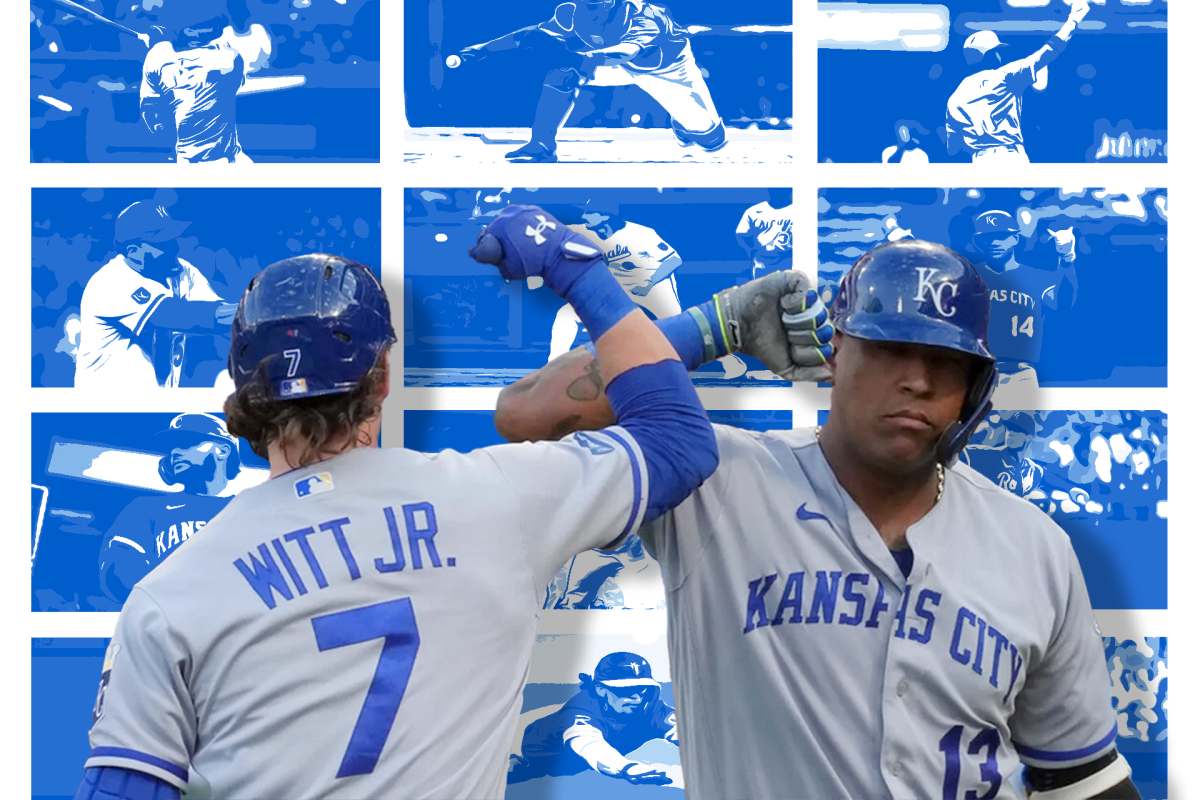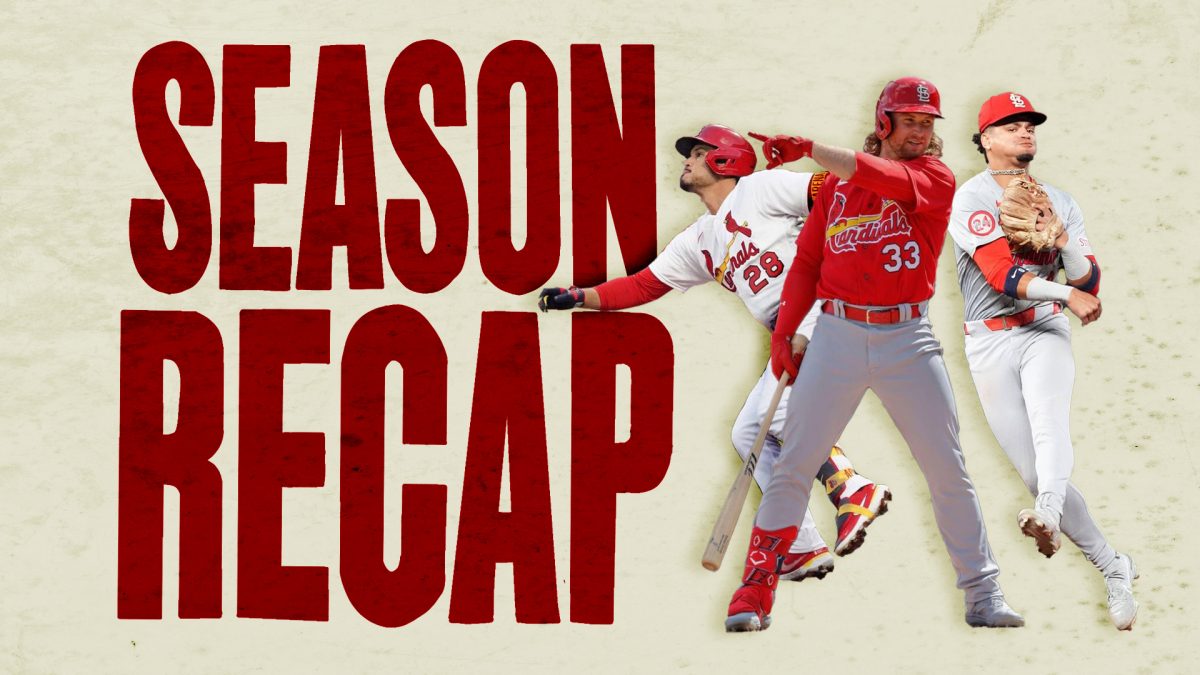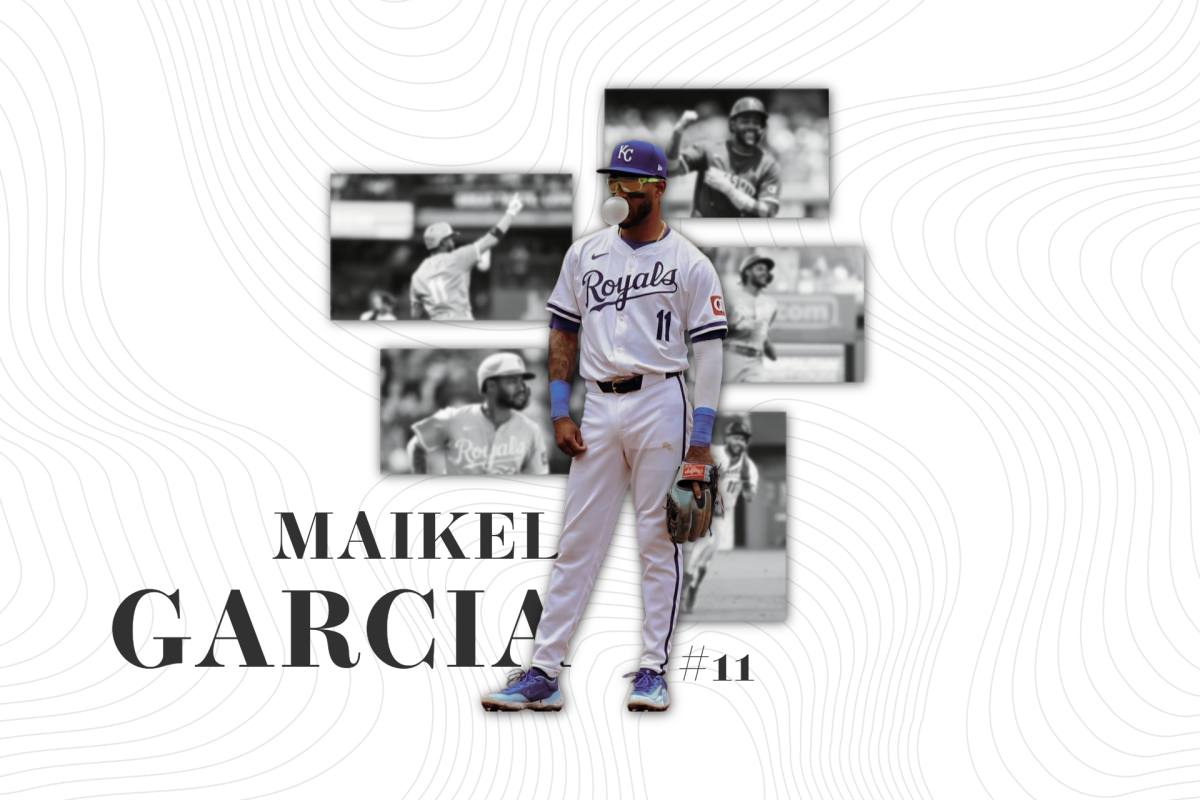Sure, the chances of a woman making an NBA team – even an all-time great like Baylor’s Brittney Griner – are pretty much zero. But that doesn’t mean she shouldn’t give it a shot.
All along, it was assumed that Baylor’s All-American center would find her future in dominating the WNBA. That’s almost certainly still the case, but those plans may have altered slightly when Dallas Mavericks owner Mark Cuban publicly announced his interest to draft or sign Griner this summer.
It’s hard to guess how seriously to take those words from the notoriously loud manager. On one hand, pitting women against men definitely works as an age-old publicity stunt; on the other, however, the move wouldn’t seem to make sense from a basketball perspective.
The attributes that helped Griner conquer women’s college basketball like no others before her would largely be rendered worthless against men. The 6-foot-8-inch frame (and 7-foot-4-inch wingspan) that helped Griner become the women’s game’s all-time blocks leader would only be comparable to a slightly undersized NBA power forward. At a skinny 207 pounds, she probably couldn’t physically compete with NBA post players.
But even with all that in account, the incentives are there for all parties involved to make Cuban’s proposal a reality. Griner may be a very, very long shot to actually stick on an NBA roster into the regular season, but it would cost the Mavericks or any other team almost nothing to find out. Since 2000, only 30 percent of second-round draft picks have played in over 100 NBA games, and she would only sign a minimal contract. Add in the low-pressure atmosphere of Summer League games, combined with the support of an innovative owner like Cuban, and you have the perfect atmosphere for an experiment like this to work.
In any case, the positives far outweigh the negatives. If Griner is embarrassingly overmatched, as many skeptics say, her minutes could be curtailed or cut all together, and the whole episode would largely be forgotten.
But think about it — how many people would she inspire just by hitting one jumper? How many jaws would drop should she get loose for a fast break dunk? How many assumptions would she challenge just by stepping into the huddle?
Griner’s participation would create the biggest Summer League story ever, adding monetary incentives to the mix. The average annual salary for WNBA players in 2012 was just $72,000; the league maximum is $105,000. Whatever NBA contract she would sign wouldn’t add much to that figure, but she could easily capitalize on her increased visibility with advertising deals unprecedented in women’s basketball.
The last question is whether or not Griner is even interested – and it seems like she is.
“The WNBA is where I’m at, that’s where I’m going,” she said in a Saturday press conference at the Women’s Final Four. “After that, if I get a shot, why turn down something like that? That’s big, even if you don’t make it.”
Even though it’s unlikely to amount to much, the curiosity and uniqueness of the opportunity seems like too much for Griner to turn down. After all, she can always fall back on the contingency plan of becoming the most dominant WNBA player of all time. But by also taking a shot at the NBA, she’d bring attention that serves herself, her league and all fans of basketball well. Simply put, if she tries, she wins – no matter the outcome.







